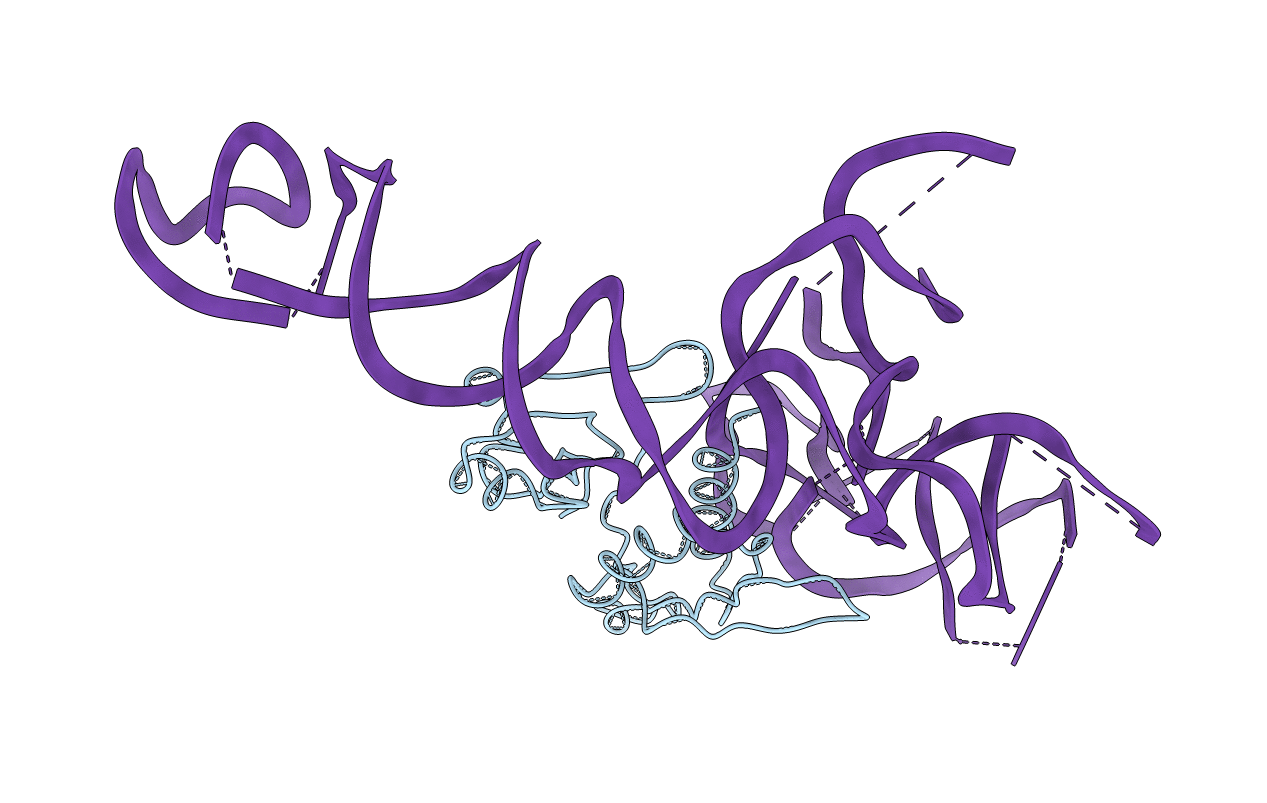
Deposition Date
2000-03-16
Release Date
2000-06-12
Last Version Date
2024-02-07
Entry Detail
PDB ID:
1EMI
Keywords:
Title:
STRUCTURE OF 16S RRNA IN THE REGION AROUND RIBOSOMAL PROTEIN S8.
Biological Source:
Source Organism:
Thermus thermophilus (Taxon ID: 274)
Method Details:


